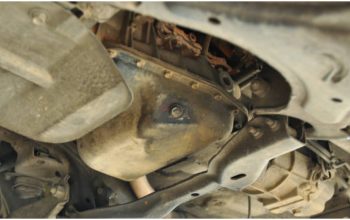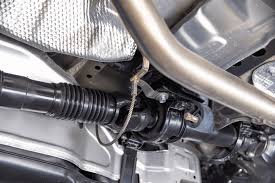Financing a vehicle is a common process for most buyers—but not all vehicles are created equal when it comes to the lending experience. While traditional sedans, SUVs, or trucks follow a relatively uniform financing path, performance and collectible cars like Corvettes require a different approach. Whether you’re buying a brand-new Stingray or a vintage ZR1, financing a Corvette introduces unique factors that set it apart from the standard auto loan experience.
Understanding these differences helps ensure you’re fully prepared and can make the most informed decision when seeking Corvette loans. Below are five key distinctions between financing a Corvette and financing a standard vehicle.
1. Vehicle Valuation Is More Nuanced
Standard vehicles have predictable market values and depreciation curves. When financing a mass-produced car, banks and credit unions use resources like Kelley Blue Book or NADA Guides to determine value based on year, mileage, and trim level. This process is straightforward and consistent.
Corvettes, on the other hand, require a more refined valuation process—especially when dealing with older models, limited editions, or modified vehicles. The value of a Corvette can be significantly influenced by rarity, condition, mileage, historical significance, and even original factory options. For example, a 1967 Corvette L88 might command a six-figure price tag depending on provenance, while a brand-new model could vary in value based on customizations or scarcity.
This means lenders experienced with performance and collector vehicles typically use more detailed valuation methods—including recent auction data, expert appraisals, and specialized market knowledge.
2. Loan Terms Tend to Be More Flexible
Financing a standard vehicle often involves loan terms between 36 and 72 months, with strict limits based on depreciation rates and perceived risk. Since regular vehicles are expected to lose value over time, lenders may be hesitant to offer extended loan durations.
With Corvette loans, however, lenders often provide longer terms—sometimes up to 120 or even 144 months—particularly when working with high-value or collectible models. Why? Because many Corvettes hold their value well, and certain models may even appreciate. Longer terms allow for lower monthly payments while preserving cash flow, making them especially attractive to collectors or performance car enthusiasts.
3. Specialized Lenders Often Get Involved
When financing a standard vehicle, you’re likely to work with a traditional bank, credit union, or dealership lender. These institutions have broad auto loan programs designed for the average consumer and vehicle.
Corvette financing often involves niche lenders that specialize in enthusiast and high-performance vehicles. These lenders understand the unique value of a Corvette and are more comfortable underwriting loans for vintage models, rare trims, or vehicles with high price tags. They also tend to offer more tailored loan programs, including higher loan-to-value (LTV) ratios, extended terms, and personalized service for discerning buyers.
If you’re purchasing a classic or limited-production Corvette, turning to a specialized lender can make the process smoother and more rewarding.
4. Insurance and Documentation Requirements May Differ
Financing a standard car requires basic full coverage insurance, with lenders typically requesting proof before finalizing the loan. The process is quick and routine.
For Corvettes—especially vintage or collector models—insurance requirements may involve agreed-value policies, specialized classic car insurers, and usage limitations (like mileage caps or garage storage). Lenders may also request additional documentation such as appraisals, restoration records, or VIN verification.
These added steps protect both the lender and the buyer by ensuring the vehicle is properly valued and covered in case of loss. While the process may be more involved, it reflects the increased value and uniqueness of the car.
5. The Financing Purpose May Be Different
When people finance standard vehicles, it’s typically out of necessity. They need reliable transportation for daily commuting, family use, or work-related travel. The loan is a means to an end, and the buyer’s focus is primarily on affordability and practicality.
Corvettes, by contrast, are often passion purchases. Buyers may be fulfilling a lifelong dream, investing in a collectible asset, or adding to a carefully curated garage. Because of this emotional and aspirational value, Corvette buyers tend to approach the financing process with more research, care, and long-term thinking.
Lenders who understand this mindset are more likely to offer products that match enthusiast priorities—such as lower payments, appreciation-friendly terms, and the ability to finance models that fall outside the traditional age range.
While financing a vehicle may seem like a standard procedure, the experience shifts dramatically when that vehicle is a Corvette. From valuation to insurance to emotional investment, Corvette finance differs significantly from traditional car financing.
Recognizing these differences helps you navigate the process with clarity and confidence. Whether you’re investing in an iconic classic or getting behind the wheel of the latest high-performance model, working with the right lender—and understanding what sets Corvette financing apart—ensures you enjoy the journey from day one.




